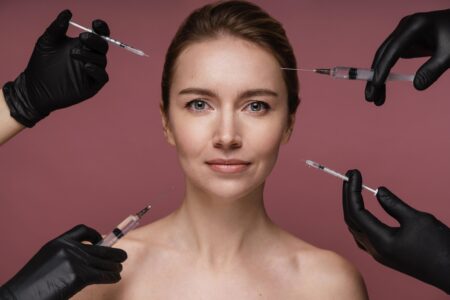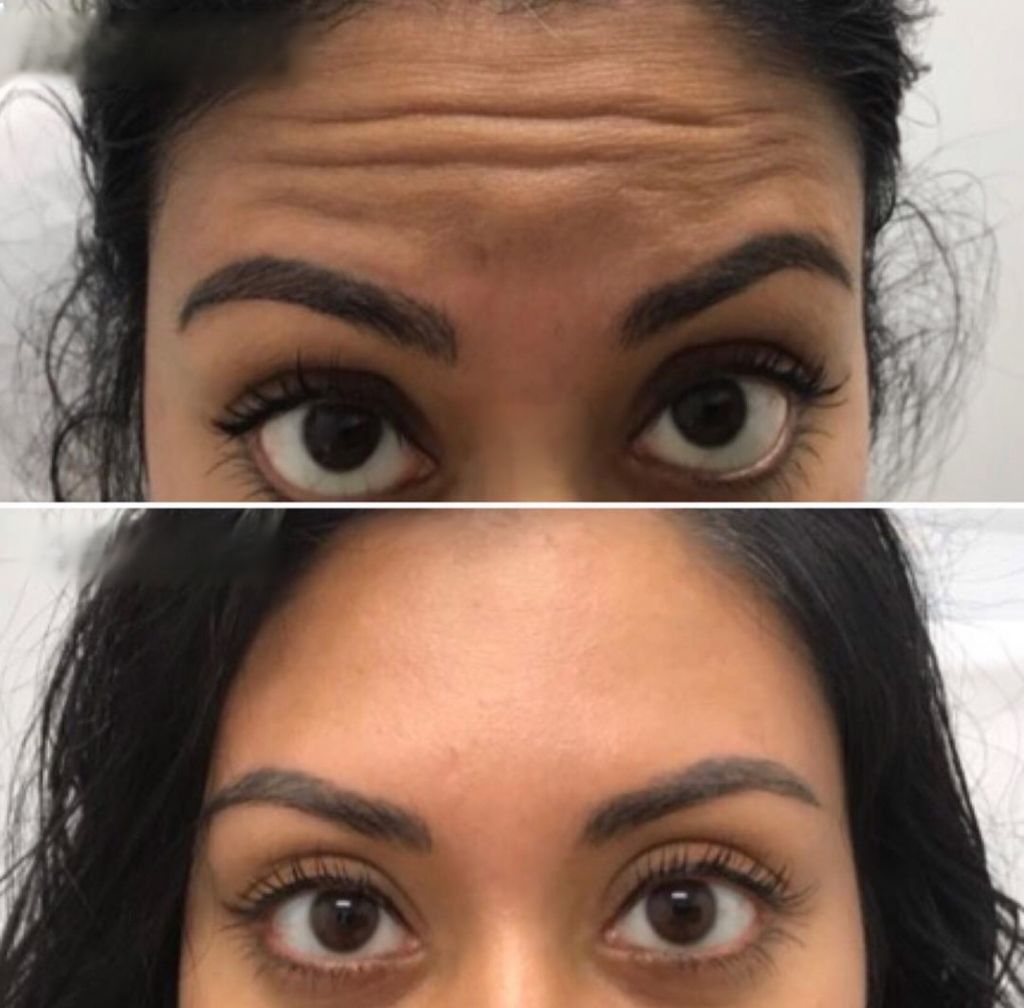Botox: Say Goodbye to Wrinkles
What is Botox?
Botox is a prescription medicine made from botulinum toxin that temporarily paralyzes muscles. Despite its origin from a toxin that can cause food poisoning, purified and diluted forms of Botox are safe and effective for both cosmetic and medical uses when administered by a licensed healthcare provider.
How Botox Works
Botox blocks nerve signals that cause muscles to contract, forcing the injected muscles to relax. This leads to the desired therapeutic or cosmetic effect.
Cosmetic Uses of Botox
Botox injections are used to reduce the appearance of wrinkles and fine lines caused by repeated facial expressions. Common treatment areas include:
- Forehead lines
- Frown lines between the eyebrows (“elevens”)
- Crow’s feet around the eyes
- Lines around the mouth
- Neck bands
- Jawline contouring
Medical Uses of Botox
Botox has been approved by the FDA to treat various medical conditions, including:
- Chronic Migraines: Helps prevent headaches in people who experience migraines 15 or more days a month.
- Excessive Sweating (Hyperhidrosis): Blocks nerve signals to the sweat glands.
- Neck Spasms (Cervical Dystonia): Relaxes severely contracting neck and shoulder muscles.
- Overactive Bladder: Reduces urinary incontinence by relaxing the bladder muscle.
- Eye Muscle Problems: Corrects issues such as lazy eye, crossed eyes (strabismus), and uncontrolled blinking (blepharospasm).
- Muscle Stiffness or Spasticity: Relaxes overactive muscles, particularly in adults and children with conditions like cerebral palsy.
Procedure and Results
A Botox treatment is an outpatient procedure performed in a doctor’s office. The healthcare provider uses a fine needle to inject small amounts of the toxin into specific muscles. Initial results may be visible within a few days, with the full effect appearing after about two weeks. The effects are temporary, generally lasting three to four months, and require follow-up injections to maintain.
Side Effects and Risks
While generally safe, Botox has some potential side effects, including:
- Common side effects: Pain, swelling, or bruising at the injection site, headache, and flu-like symptoms.
- Less common side effects: Droopy eyelids, crooked smile, dry or watery eyes, and infection.
- Serious, but rare, side effects: Botulism-like symptoms such as muscle weakness, vision problems, and trouble breathing or swallowing.
How it Works
Botox is injected into targeted muscles
Nerve signals are blocked
Muscles relax and soften
Results gradually appear
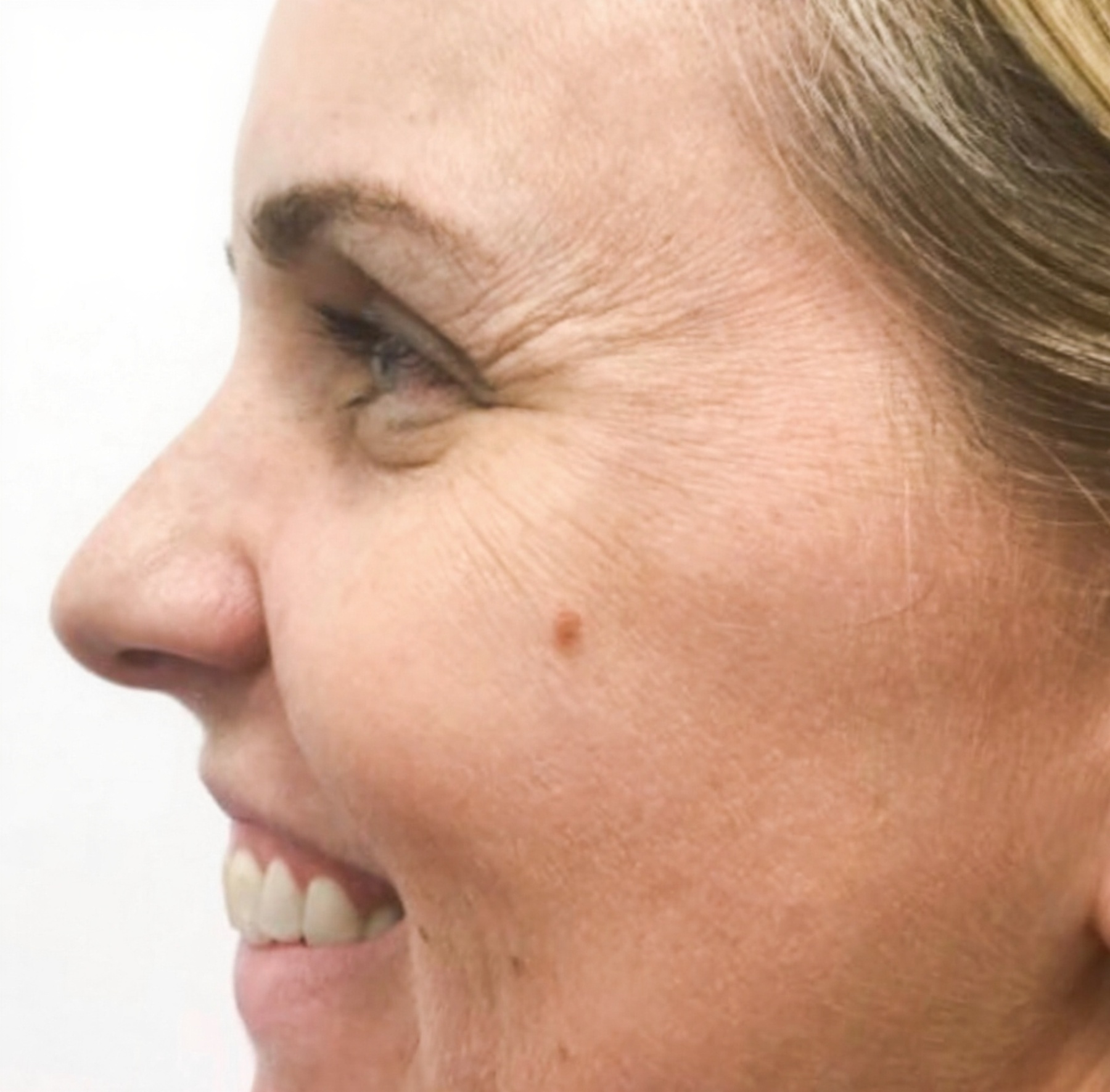
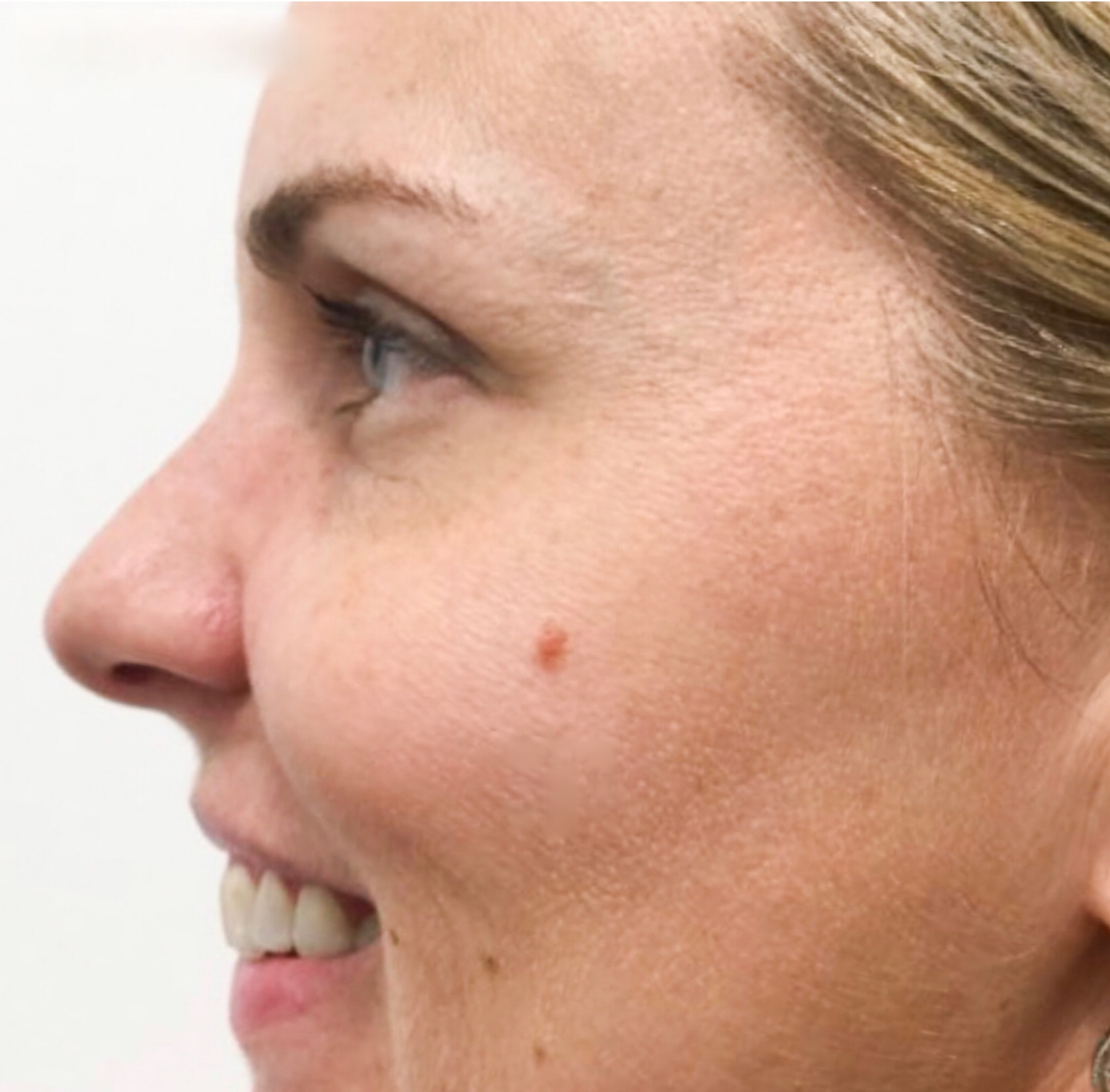
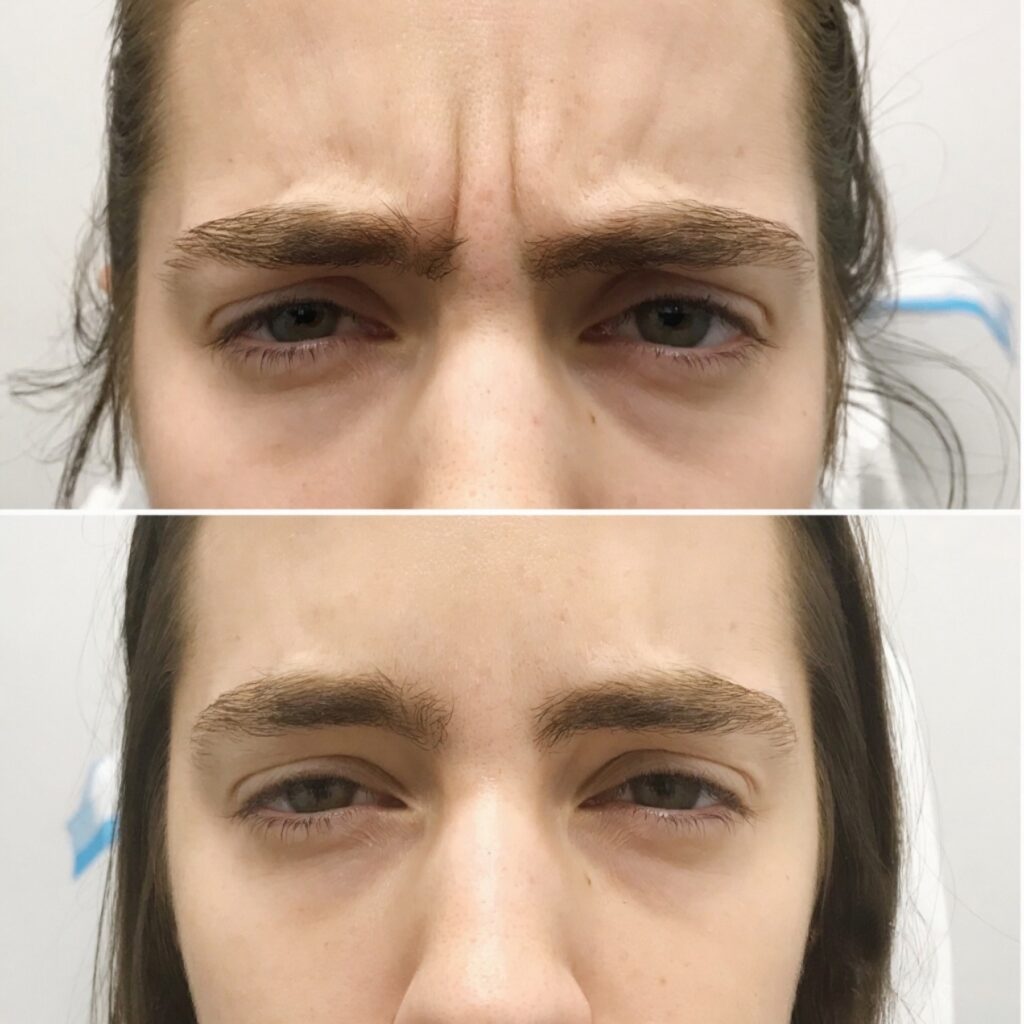
How is Botox injected?
Botox is a simple and quick procedure. Usually, patients are in and out of the office within 15 minutes. Botox is drawn from a vial into small syringes to minimize discomfort. Patients concerned about pain can come into the office early for topical numbing. This is rarely done as most patients find Botox injections very tolerable.
have a question?
Quick answers to questions you may have
What is Botox used for?
Botox is used for both cosmetic and medical purposes, including wrinkle reduction, chronic migraines, excessive sweating, and muscle spasms.
How long does Botox last?
The effects of Botox typically last three to four months and require follow-up injections to maintain.
Is Botox safe?
Botox is generally safe when administered by a licensed and experienced healthcare provider.
What are the side effects of Botox?
Common side effects include pain, swelling, or bruising at the injection site, headache, and flu-like symptoms.
